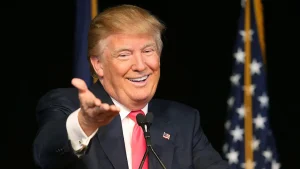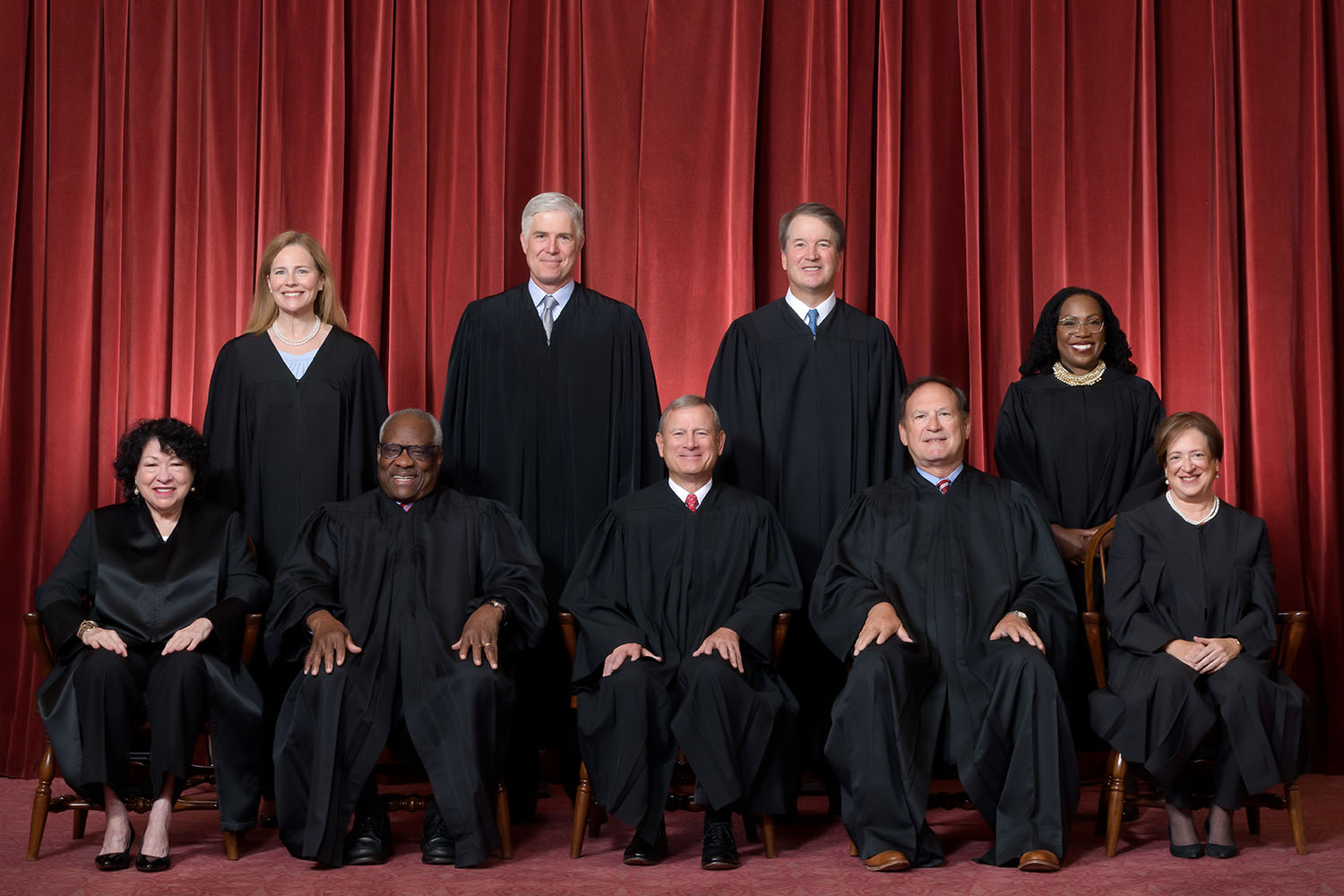The United States Supreme Court has issued a ruling that removes the final immediate legal barrier to President Donald Trump’s plan for a substantial reduction in the federal workforce. The decision, released with unusual speed, lifts a lower court injunction and allows the administration to move forward with what could become one of the largest downsizing initiatives in modern U.S. history.
Swift Action from the Court
In an unsigned order, the justices overturned an injunction issued by Judge Susan Illston of the Northern District of California. Judge Illston had previously halted the February 13 executive order directing “large-scale reductions in force” across executive branch agencies, citing serious constitutional concerns.
The Supreme Court, however, concluded that her decision was premature because the administration’s detailed reorganization plans had not yet been formally presented for judicial review. The majority opinion held that the president holds broad authority over executive branch personnel matters and that, at this stage, there was insufficient cause for court intervention.
Justice Sonia Sotomayor joined the majority but made clear in a concurring opinion that her agreement did not indicate support for the policy itself. Rather, she emphasized that it was too early for the judiciary to block the initiative.
In dissent, Justice Ketanji Brown Jackson warned that granting such extensive leeway to the executive branch could enable the dismantling of significant portions of the federal government. She stressed that the U.S. Constitution grants Congress—not the president—primary power to establish and organize federal agencies.
Scope of the Planned Reductions
The downsizing initiative is expansive, targeting nearly all major federal departments, including Agriculture, Energy, Labor, Interior, Treasury, State, Veterans Affairs, and the Environmental Protection Agency. If fully implemented, the cuts could affect services such as food safety inspections, nuclear facility oversight, workplace safety enforcement, environmental monitoring, and veterans’ healthcare programs.
The initiative is being coordinated by the Department of Government Efficiency, an office originally overseen by Elon Musk. Its mandate is to identify redundancies, reduce overlapping responsibilities, and remove functions deemed “non-essential.”
Supporters of the initiative argue that it will streamline operations, eliminate waste, and reduce the financial burden on taxpayers. Critics contend that the plan risks weakening essential public services, disproportionately affecting minority and female employees, and undermining programs vital to public welfare.
Legal and Constitutional Considerations
The administration’s legal argument centers on the president’s constitutional role as chief executive, which includes broad discretion over the hiring, firing, and reorganization of federal personnel. The Court’s ruling indicates that, absent explicit statutory limitations, this authority is likely to prevail over congressional objections.
Civil service laws do provide procedural protections for employees facing layoffs, but these measures were designed to address smaller-scale reductions rather than the sweeping, government-wide cuts proposed here. Labor unions and advocacy groups maintain that such a plan erodes constitutional checks and balances, but the Supreme Court has signaled that any future challenges will need to be addressed individually as specific implementation steps are taken.
Potential Political and Economic Impact
Attorney General Pam Bondi described the decision as a “significant victory” for the administration’s efficiency agenda and a correction to what she characterized as “overreach by lower courts.” She argued that the ruling affirms the president’s authority to make substantial structural changes to the executive branch.
Economists, however, caution that the scale of the proposed layoffs could have immediate and far-reaching economic effects. Regions heavily dependent on federal employment—such as the Washington, D.C., metropolitan area and other agency hubs—could experience sharp job losses, reduced consumer spending, and slowed economic activity. In addition, the cuts could affect government contracting, creating uncertainty for private-sector businesses reliant on federal work.
Proponents counter that reduced payroll expenses and fewer regulatory requirements could stimulate private-sector growth, attract new investment, and encourage innovation. Detractors warn that diminished staffing may lead to delays, breakdowns, or failures in critical areas such as foreign relations, emergency management, and public health response.
A Defining Test for Government Structure
This ruling is part of a broader trend in recent Supreme Court decisions that have reinforced presidential authority in matters of executive branch governance. The outcome of the planned reductions could become a pivotal test case for the long-term balance of power between the legislative and executive branches.
If the downsizing succeeds in cutting costs without significantly impairing essential services, it may serve as a model for future administrations seeking to reshape the federal government. Conversely, if the cuts result in disruptions or systemic failures, they could strengthen arguments for maintaining or even expanding the federal workforce.
Either way, the decision marks the beginning of a historic restructuring effort whose political, economic, and constitutional consequences will resonate for years to come. The months ahead will reveal whether this ambitious reorganization delivers on its promises or becomes a cautionary example of the risks of large-scale federal downsizing.

James Jenkins is a celebrated Pulitzer Prize-winning author whose work has reshaped the way readers think about social justice and human rights in America. Raised in Atlanta, Georgia, James grew up in a community that instilled in him both resilience and a strong sense of responsibility toward others. After studying political science and creative writing at Howard University, he worked as a journalist covering civil rights issues before dedicating himself fully to fiction. His novels are known for their sharp, empathetic portraits of marginalized communities and for weaving personal stories with broader political realities. Jenkins’s breakout novel, Shadows of Freedom, won national acclaim for its unflinching look at systemic inequality, while his more recent works explore themes of identity, resilience, and the fight for dignity in the face of oppression. Beyond his novels, James is an active public speaker, lecturing at universities and participating in nonprofit initiatives that support literacy and community empowerment. He believes that storytelling is a way to preserve history and inspire change. When not writing, James enjoys jazz music, mentoring young writers, and traveling with his family to explore cultures and stories around the world.









